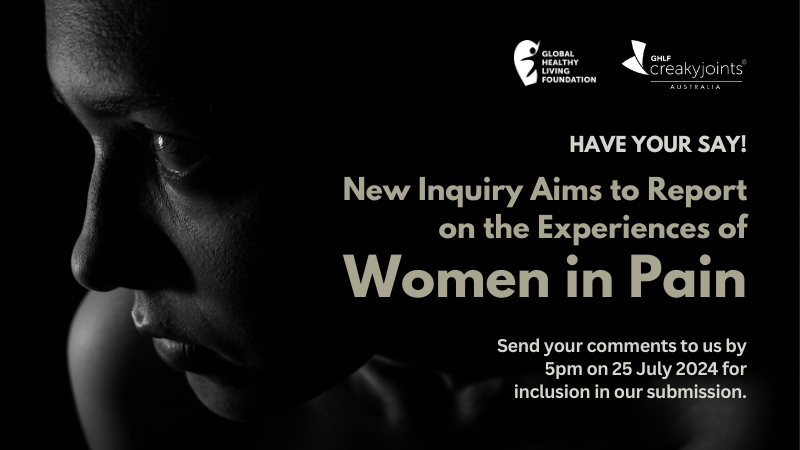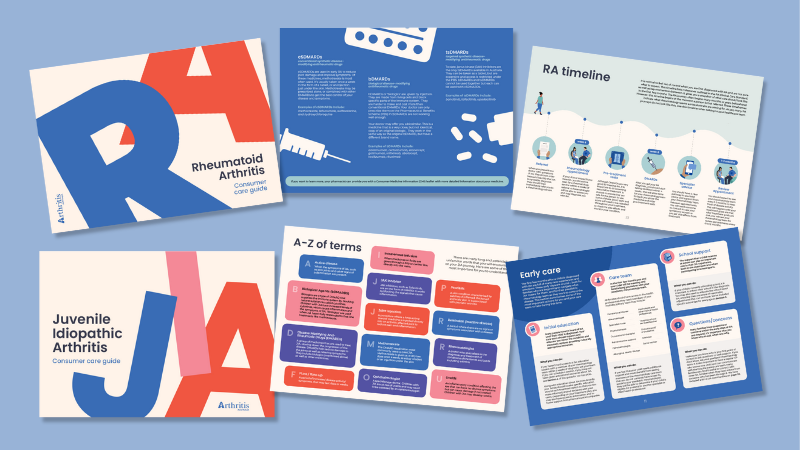While this probably comes as no surprise to CreakyJoints Australia readers, the majority of people living with osteoarthritis (OA) are aged between 25 and 64 years. In 2015, roughly 2.2 million Australians had OA and that number increases each year. Factor in common co-morbidities such as obesity, heart problems, and mental health issues and those numbers climb even higher.
According to the recently published Victorian Model of Care for Osteoarthritis of the Hip and Knee, the prevalence of OA in Victoria alone will increase by 42% or approximately 646,000 by 2030.
This will have far-reaching impacts on, not only individual quality of life, but also on the economy through increased health care and welfare costs, decreased taxation payments and workforce participation, and lower superannuation levels. Yet, despite all this, Australia currently has no system-wide policy or strategic framework for the management of OA.
To help address this important issue within Victoria, the State Government’s Department of Health and Human Services commissioned the Victorian Model of Care for Osteoarthritis of the Hip and Knee. This Model of Care (MoC) was informed by the Victorian Musculoskeletal Clinical Leadership Group and an External Advisory Committee and published by MOVE muscle, bone and joint health.
About the Model of Care
The description given within the MoC document states that a Model of Care is, “an evidence and consultation-informed framework that describes what and how health services and other resources should be delivered locally to people who live with specific health conditions.”
It was created mainly because the current health care system (both within the state and across Australia) has too many gaps and inconsistencies in the approach to hip and knee management/treatment. For example, there has been a ‘significant’ increase in arthroscopies for middle-aged patients with knee OA, despite strong evidence showing that this procedure has little or no benefit. In many cases, there are better options available than the treatments currently being prescribed.
The MoC is intended for use by a wide range of health professionals, support personnel, consumers, and carers in both public and private settings.
Key components of the Model of Care
There are many components covered in the Victorian Model of Care for Osteoarthritis of the Hip and Knee. They include recommendations in the following areas:
Types of care
All patients diagnosed with knee or hip OA in Victoria should receive, as core components of their care:
- Non-pharmacological and non-surgical care
- Education and reassurance
- Appropriate pain management
- Appropriate exercise and weight control advice
Some patients may then require pharmacological care, and a few may also need surgical care.
Standard methods of assessment should be followed; with appropriate training provided for all relevant health care personnel.
Methods of care
The MoC strongly recommends a multi-disciplinary approach to care using a chronic disease management model such as an expanded Chronic Disease Management Plan. The Health Care Homes model currently being rolled out across Australia may be another method.
Regardless of the model, the patient must be placed at the centre of care underpinned by shared decision-making and effective communication between patients, carers, and all health care providers; with the general practitioner as a central care co-ordinator.
Approaches to care
The MoC recommends a range of approaches to care with relevant suggestions for implementation across four main areas:
- Building people’s capacity to more effectively participate in care
- Models of health service delivery
- Information and communication technologies
- Health policy and planning.
Priorities for action
The MoC identified the following areas in need of urgent action:
- Information delivery
- Service delivery for osteoarthritis care
- Funding models
- Workforce capacity building in osteoarthritis care
- Information and communication technologies
- Health policy and governance
- Research and evaluation.
Where to from here?
The document concludes with a recommendation that, “An implementation plan be developed around the priorities outlined above, with oversight from a cross-sector, multidisciplinary implementation steering group, linked with the Victorian Musculoskeletal Clinical Leadership Group”.
The Model of Care includes a consumer-version of the European Musculoskeletal Conditions Surveillance and Information Network (eumusc.net) Standards of Care for OA on page 47 of the document. You may like to use these standards to help you reflect on the components of your own osteoarthritis care.
If you have any queries about Victorian Model of Care for Osteoarthritis of the Hip and Knee, you can contact MOVE at info@move.org.au.




